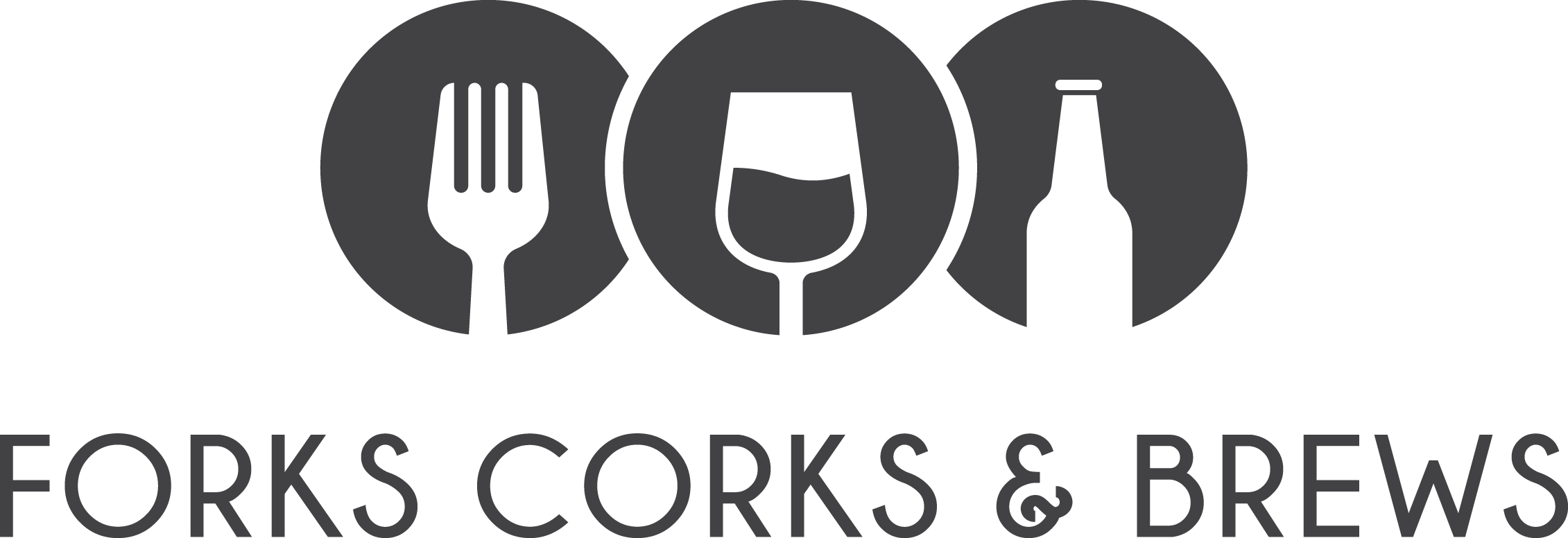Do your favorite recipes call for using vanilla beans when baking? If so, you are not alone.
Have you noticed that vanilla beans can be costly? Do you know that the average cost is close to $500 per kilogram? In fact, it has gone up as we speak. So, you may be paying more that that.
Does that mean we will not cook or bake with real vanilla beans? Not at all. It does mean we will read the label on the bottle of vanilla, vanilla paste, or vanilla beans very carefully. We believe the real vanilla beans add extra flavor and therefore we do not cook or bake with imitation vanilla.
Here’s what we’ve learned about all types of vanilla beans and why we avoid imitation vanilla.
Vanilla beans are the long, edible fruits of an orchid. They get harvested by hand, go through a process of cooking, drying, and curing, and finally are ready to be sold. The curing process helps beans develop up to 500 unique flavor compounds. This flavor profile is similar to wine or coffee in that it makes a difference where the beans are grown.
Madagascar grows 75% of the beans. Those usually have a sweeter vanilla flavor which can be used in just about anything. Tahiti’s vanilla is more floral. Mexico’s is spicier with hints of clove and nutmeg.
What does that mean for you in baking? Probably not a lot. You have many other ingredients in your cookies, brownies, or baked goods. The different vanilla tastes might not be as noticeable there.
Whole vanilla beans work well when used to infuse milk or cream, especially when making a custard or pastry filling. But…did you know most vanilla beans don’t do well in high heat. Their delicate flavors and compounds evaporate. Many recipes tell you to add the vanilla at the end, off the heat. That’s why. The flavor stays in your custard that way.
Vanilla extract is made by soaking split vanilla beans in a solution of ethanol and water. The alcohol absorbs the flavor compounds and preserves those flavors. The extract is then wonderfully flavored and is able to remain in the bottle for a longer time. When you purchase a bottle of vanilla extract, you’re getting the real deal. Chances are the beans used are from a variety of locales, unless it specifically says it’s from one country.
Vanilla bean paste is a concentrated vanilla extract that has been cooked down with sugar and starch. It’s fairly thick, like you might expect. Sometimes you will see flecks or pieces of the bean in it.
Now…imitation vanilla. This is manufactured from a whole lot of different sources and items. Things like wood pulp, coal tar, clove oil, and more. It’s at least 20 times cheaper than the real thing and has over 25 times the strength. See why people use it?
For us, natural vanilla is worth the extra money. We have either developed or perfected our recipes. We want to know what we put in them. There is a certain taste we are going for, and it is the real deal.
What does that mean when we’re baking? We put the vanilla in once our mixture is off the heat. Realizing some of the flavor will be lost or covered up in our brownies, we use the real stuff anyway. We buy real vanilla beans and store them in something airtight.
Check out https://www.forkscorksandbrews.com/forks/ for more recipes and information.
